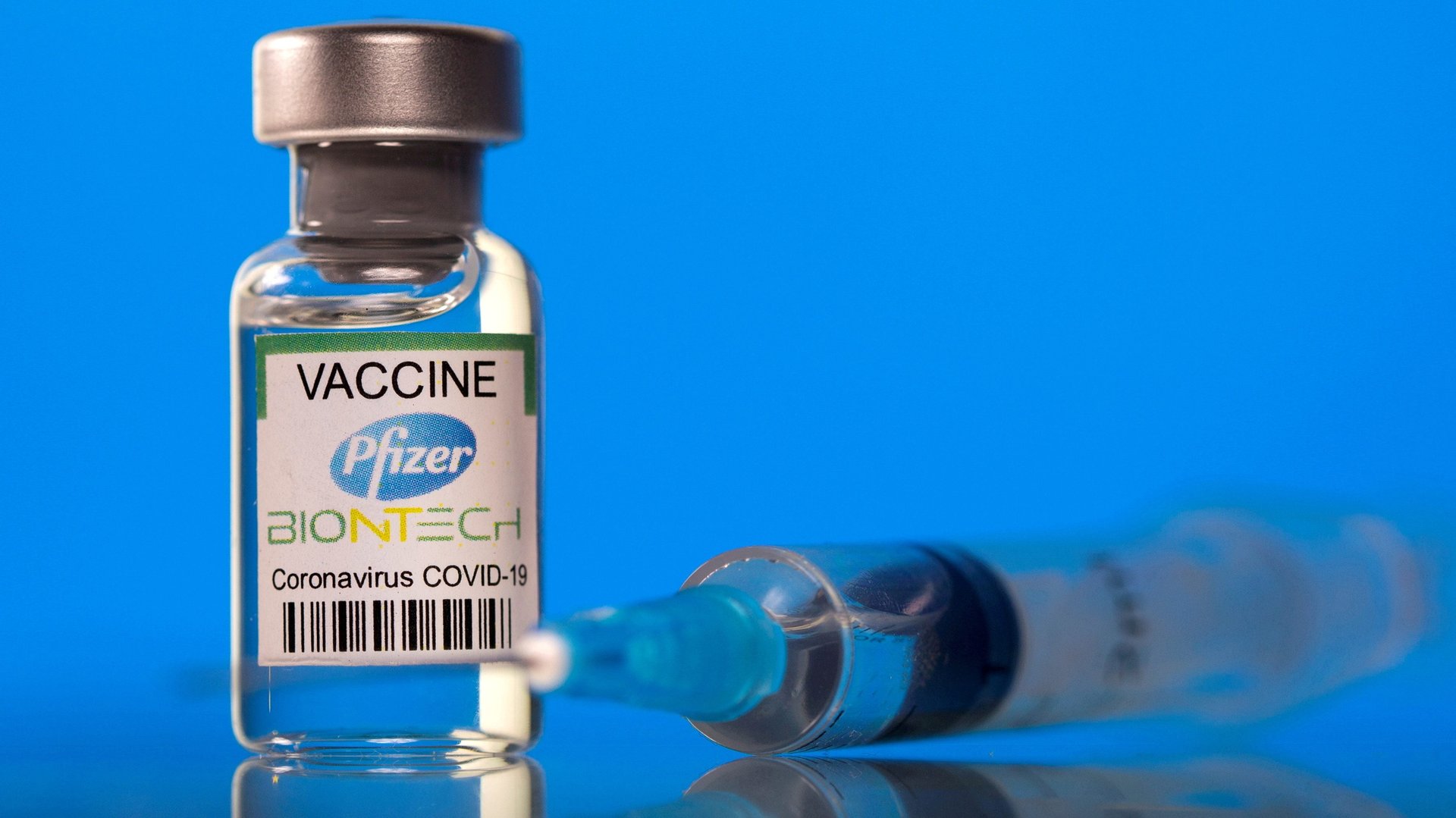The Pfizer vaccine’s brand name, Comirnaty, is weird for a reason
When the Food and Drug Administration (FDA) officially approved Pfizer-BioNTech’s Covid-19 vaccine on Aug. 23, it had to include a pronunciation guide to the vaccine’s brand name: “Comirnaty (koe-mir’-na-tee).”


When the Food and Drug Administration (FDA) officially approved Pfizer-BioNTech’s Covid-19 vaccine on Aug. 23, it had to include a pronunciation guide to the vaccine’s brand name: “Comirnaty (koe-mir’-na-tee).”
Until now, the vaccine had been dispensed under an emergency use authorization, but the FDA’s approval will allow Pfizer to advertise and market the vaccine. Which, in turn, will bring its brand name to the forefront, leading to the inevitable question: Why is it such an awkward mouthful?
The meaning behind the name ‘Comirnaty’
The name Comirnaty was constructed with the help of a naming consultancy called the Brand Institute, according to a report in Fierce Pharma, a web site that tracks the drug industry. Comirnaty is an agglomeration of the words “Covid-19 immunity” and “mRNA,” the latter indicating the technology that makes the vaccine work. As a whole, the word is intended to evoke “community,” a Brand Institute executive said.
BioNTech filed to register “Comirnaty” as a trademark in June 2020, well before anyone even knew if there would even be a vaccine to use. Around the same time, BioNTech filed to trademark other alternative names, all of them just as cryptic at first glance: Covuity, presumably a mash up of Covid and immunity; Kovimerna, which sounds like it cannibalizes the name of the other vaccine company Moderna; or RnaxCovi, which might be a blend of “RNA,” “vaccine” and “Covid.”
Other Covid vaccine names run the gamut from relatively straightforward to incomprehensible. We understand “Covishield,” AstraZeneca’s brand name in India. We even understand “SPYKEVAX,” one of the names Moderna has applied to trademark, derived from the “spike” protein in the coronavirus’ shell. How, though, did AstraZeneca formulate Vaxzevria, its brand in Europe and potentially in the US?
Why vaccine names are so strange
The FDA’s recommendations for naming drugs and vaccines are laid down in a 42-page document. Its standards are strict. Most crucially, patients and pharmacists shouldn’t easily confuse one drug’s brand name with another. (Around 1.5 million Americans are affected adversely by medication errors, according to the Institute of Medicine.) Even a drug name starting with an extraordinary letter like “X” or “Z” is likely to be struck down if another drug for the same disease already begins with the same letter. In 2013, when a writer complained in the New England Journal of Medicine that drug manufacturers displayed an “insatiable proclivity to include the letters X and Z,” the FDA wrote back that only 2% of the 6,000-odd approved drug names began with those letters.
A name should be memorable and unique, but not so unique that a doctor cannot spell it. It can refer to the underlying technology—hence mRNA—but not to the drug’s active ingredients, lest patients mistakenly think that the drug only contains the ingredients in the name. Drug brands can’t risk overstating their effectiveness, but they should ideally also hold some promise of their effect. The FDA will reject any name that falls outside these guidelines; every year, it rejects up to a third of the names proposed as drug brands.
These constraints, as well as commercial considerations, rule out simple words and euphonic branding exercises. And as the world of pharmaceuticals expands, shorter options like “Aspirin” or “Advil” are snapped up, leaving only the unique, clumsy complexities of “Comirnaty” or “Vaxzeria.”